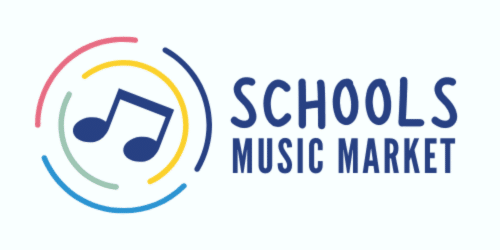In the world of music education, the concept of a repeated musical phrase plays a pivotal role in developing students’ musical skills and understanding. A repeated musical phrase, or motif, is a sequence of notes that is repeated throughout a piece of music, providing structure, unity, and identity to the composition. Teaching this fundamental concept in school music lessons not only enhances students’ appreciation of music but also improves their memory, concentration, and ability to recognize patterns. Here’s how educators can effectively introduce and teach the concept of a repeated musical phrase in their music classes.
Understanding the Repeated Musical Phrase
Before diving into practical exercises, it’s essential for students to understand what a repeated musical phrase is and why it’s important. Start by explaining the definition and purpose of motifs in music. Use examples from well-known pieces where a specific phrase is repeated, such as the opening of Beethoven’s Fifth Symphony or the recurring themes in John Williams’ film scores. This initial familiarization will help students recognize repeated phrases in various musical contexts.
Listening Exercises
Develop students’ listening skills by playing pieces of music that utilize repeated musical phrases prominently. Ask students to identify and count how many times a particular phrase is repeated. This exercise not only trains their ears but also enhances their ability to focus and pay attention to details.
Clapping and Rhythm Activities
Clapping along to the rhythm of a repeated phrase is a fun and interactive way to get students engaged. Choose a simple motif and have the class clap the rhythm together. This activity can be extended by varying the dynamics (loud and soft) or tempo (fast and slow), helping students experience firsthand how a repeated phrase can be manipulated to create different effects.
Composition Projects
Encourage creativity by assigning composition projects where students create their own short pieces using a repeated musical phrase. Provide a basic structure or chord progression for them to build upon. This task allows students to experiment with repetition and variation, fostering a deeper understanding of musical form and expression.
Group Performances
Group performances are an excellent way for students to practice and showcase their understanding of repeated musical phrases. Divide the class into small ensembles and assign each group a piece with a clear motif to rehearse and perform. This collaborative effort not only reinforces the concept but also builds teamwork and performance skills.
Incorporating Technology
Leverage technology by using music composition software or apps that allow students to compose and manipulate musical phrases. These tools offer a hands-on approach to understanding repetition in music, enabling students to experiment with different instruments, tempos, and dynamics.
Analyzing Lyrics
Repeated musical phrases aren’t exclusive to instrumental music; they’re also prevalent in vocal music through choruses and refrains. Analyze the lyrics of popular songs, identifying and discussing the repeated phrases. This connects students’ existing interests with classroom learning, making the concept more relatable.
Reflection and Discussion
Finally, encourage students to reflect on and discuss their experiences with repeated musical phrases. Discussions can revolve around questions like how repetition affects their perception of a piece, why composers might choose to repeat a phrase, and how repetition contributes to the mood or message of the music.
Teaching the concept of a repeated musical phrase in school music lessons is an enriching experience that deepens students’ musical literacy and appreciation. By employing a variety of teaching methods—from listening exercises to creative composition projects—educators can illuminate the power and purpose of repetition in music. This foundational knowledge not only enhances students’ understanding of musical structure but also equips them with the skills to appreciate and create music more thoughtfully.
For resources to support your music classroom click here to browse the full list.



